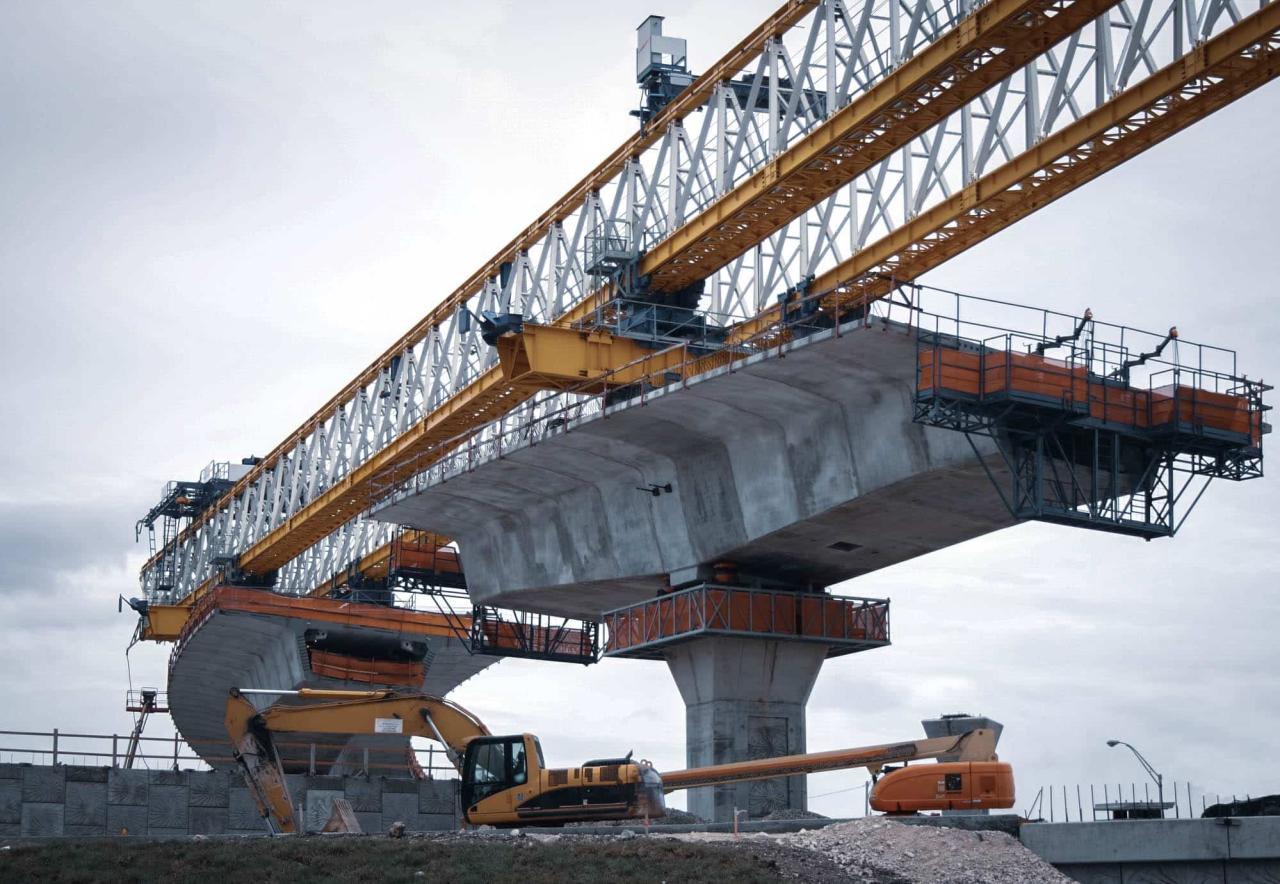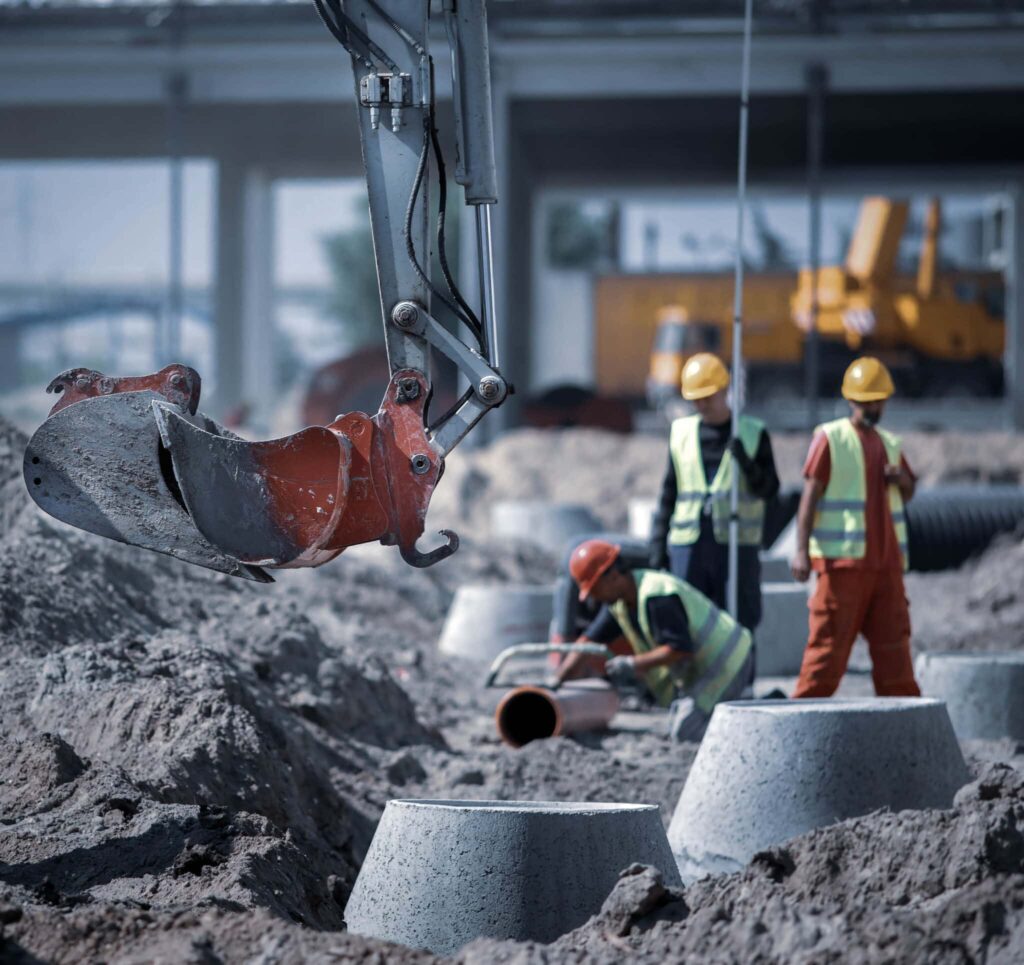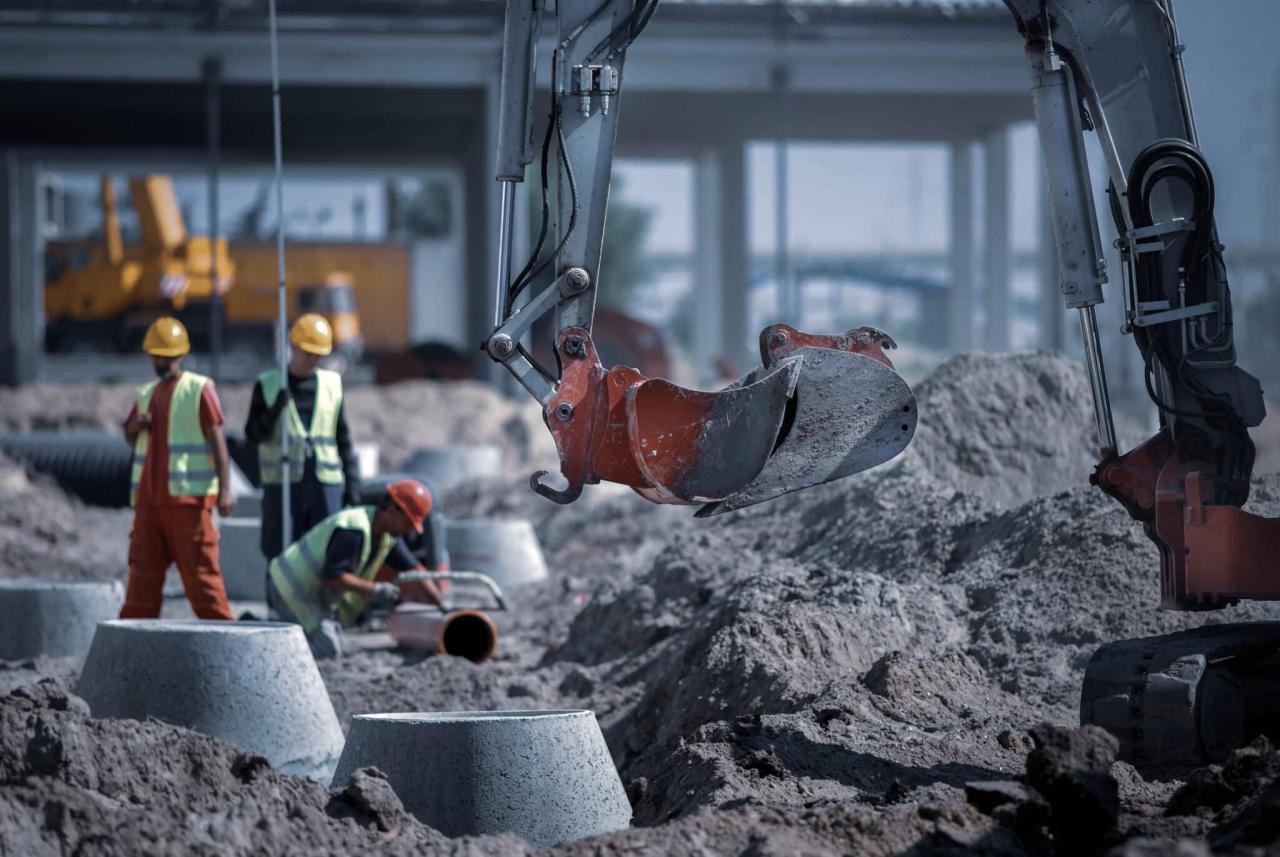Almost all large infrastructure projects have something in common: They frequently suffer from cost overruns and significant delays.
As the size and challenges of these projects continue to grow, so do the problems they bring for general contractors and construction companies. The result is often lower productivity and less profitability for those involved in infrastructure projects.
It’s time for construction professionals to capture the benefits of lean construction for infrastructure projects.
Free eBook: Quick guide to Lean practices for construction professionals
Creating value with lean construction for infrastructure projects
Taking a lean approach to infrastructure projects can help reduce complexity and uncertainty throughout the process by eliminating waste and activities that don’t add true value.
Removing non-value-adding activities through the lean methodology can increase productivity, allowing contractors to provide more value to their customers and achieve higher profitability.
There are four lean principles that construction professionals can apply to their infrastructure projects:
1. Focus on value creation
Contractors need to focus on value creation—that means ensuring that all of the project’s resources, materials, and information are linked together, creating a single workflow.
The goal when implementing lean for infrastructure projects is to reduce downtime and ensure that every activity adds value, shortening the timeline for completion.
A great way to introduce this lean principle is by dividing your project into sections, working on a value-creation flow based on the activities of each subcontractor and employee throughout each section.

2. Synchronize your scheduling
Lean construction for infrastructure projects requires contractors to establish a maximum time allowed for each recurring process, like installing wiring in each section. For large projects, many contractors use a lean scheduling method called takt planning for each of these processes.
Each section of the plan typically lasts a day to a week, helping reduce bottlenecks and develop a synchronized schedule and operating rhythm.
Using takt planning for infrastructure projects helps ensure that all subcontractors and workers understand the timeline to complete each activity so that everyone works together smoothly on all operations.
Ideally, general contractors, suppliers, and subcontractors will work together on a takt plan before starting work on the project.
Read more: Applying lean construction to residential projects
3. Implement just-in-time management
To have a truly lean operation, contractors need to pull their resources and materials to the worksite at just the right time to satisfy the project requirements. Using this just-in-time approach helps eliminate wait times, inventory waste, and unnecessary material storage.
Just-in-time management also promotes flexibility, allowing contractors to make last-minute changes with less hassle than if they already had the entire project’s materials on site.
However, incorrect use of the just-in-time approach can lead to delays and higher costs. To avoid this, contractors must manage their inventory based on the lead times for their resources and materials.
4. Aim for zero defects
Lean construction for infrastructure projects is all about making continuous improvements. By using control and feedback mechanisms, construction teams can standardize and stabilize their processes to get closer to the goal of having zero defects and eliminating rework.
Project managers need to focus on detecting mistakes quickly and fixing them to reduce the overall number of defects throughout the project, preventing them from happening repeatedly during subsequent work.
Because infrastructure projects rely on many repeated processes, catching defects early is crucial to ensure they don’t recur over time in any given project.
Further reading: 5 Lean construction benefits (and how to get them)
Optimizing the lean construction value chain for infrastructure
The four lean principles above create the foundation for improving efficiency and productivity in the three phases of an infrastructure project’s value chain:
- Tendering is the first phase; contractors need to focus their attention on choosing infrastructure projects that offer the most potential value. Many contractors make the mistake of pursuing all available tenders, wasting resources on projects that aren’t profitable.
- The next phase is project realization—taking a lean approach means eliminating activities in both planning and execution that don’t add value. Planning and scheduling are essential for establishing the prerequisites of lean construction and capturing true value in your projects.
- The final phase of the value chain, commissioning, is when contractors should focus on implementing lean principles into the maintenance and service of their infrastructure projects. To do so, the project planning process needs to include key design criteria that allow for cost-effective, efficient maintenance and servicing of the finished product.
Lean construction for infrastructure projects: Don’t fall behind
General contractors who don’t implement lean construction practices into their infrastructure projects risk falling behind in an increasingly competitive market.
The contractors who focus on lean will be the ones setting the standards for quality, costs, and delivery time in the future.
If the question is, “How can you establish a competitive edge, increase efficiency, improve profitability, and build lasting relationships in the infrastructure construction sector?” then the answer is implementing lean construction for infrastructure projects.
Start your lean journey today with our free ebook: A quick guide to lean practices for construction professionals.





